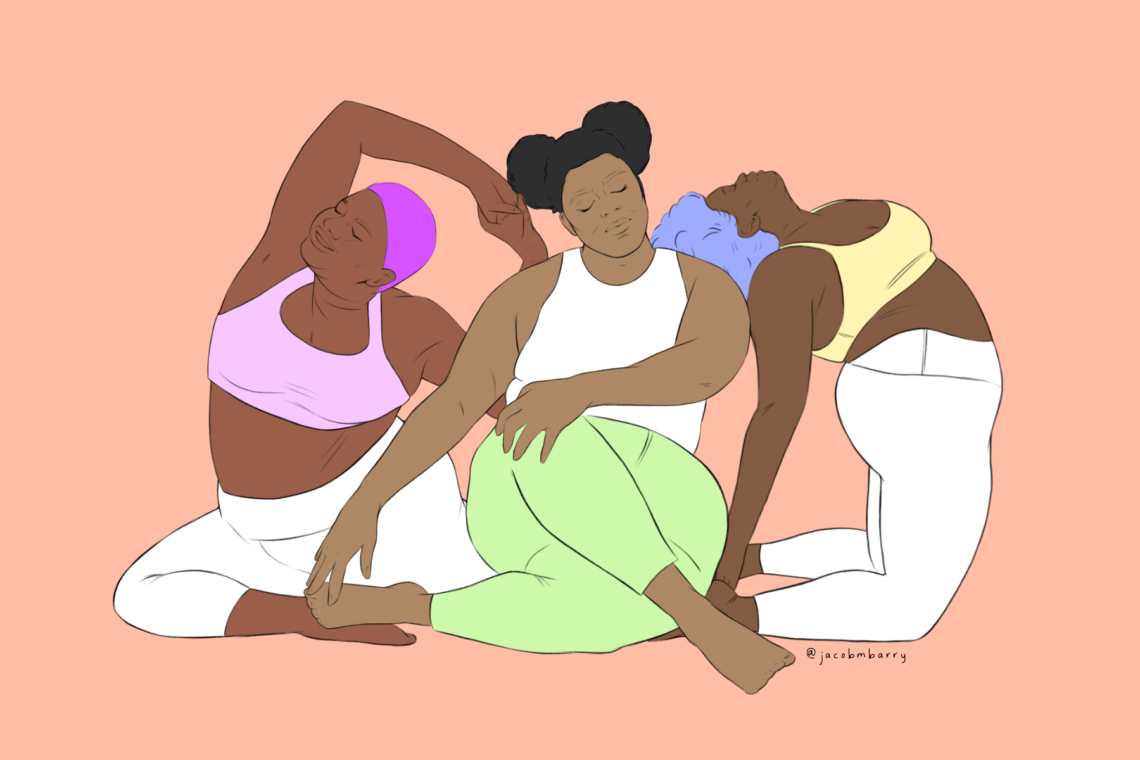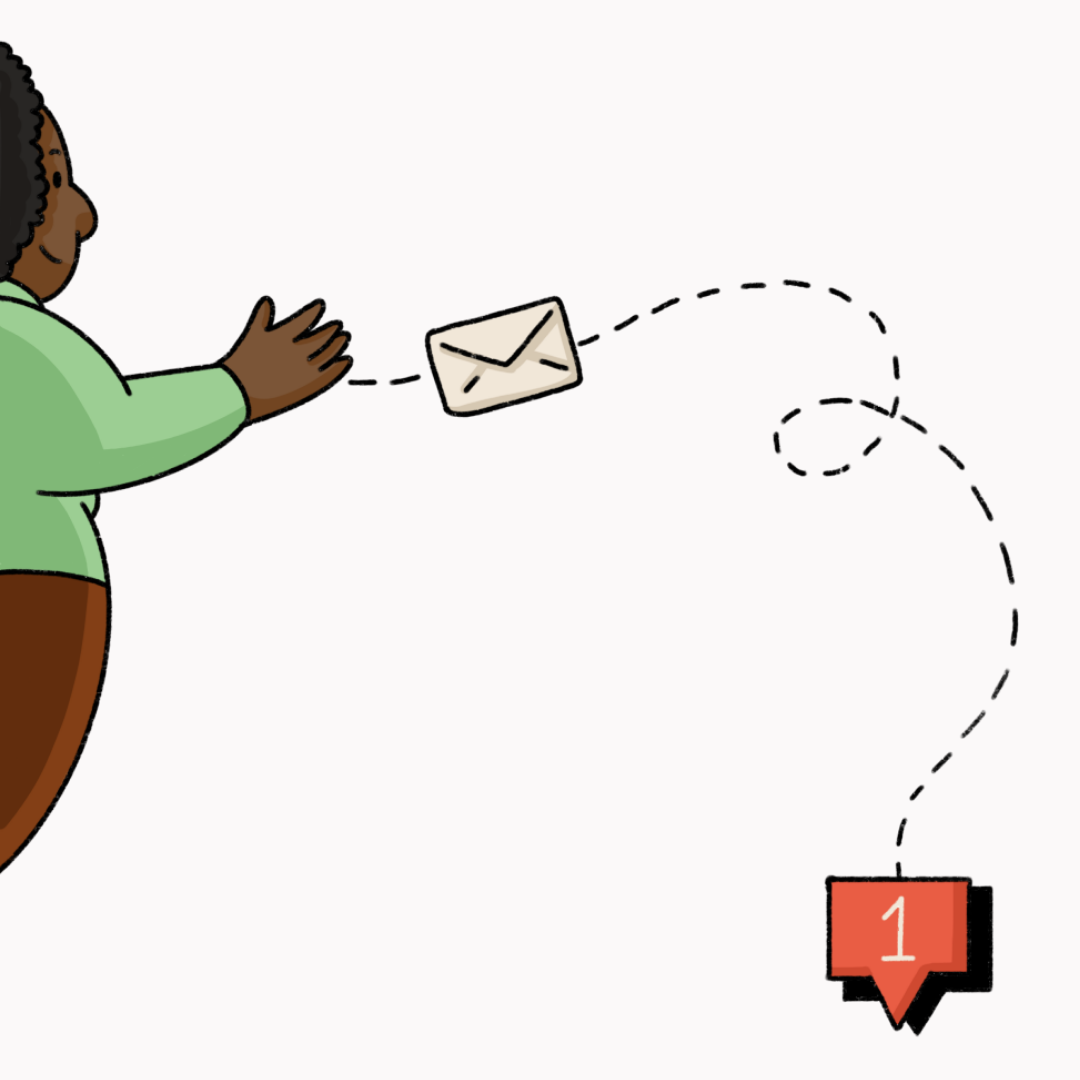Written by: Dr. Sakshi Tickoo (she/her).
Edited by: Bobbie Martin (she/her).
Human sexuality is an occupation that encompasses a continuum of sexual and intimate expressions that are a part of our daily living. Human sexuality is about more than just the physical act of sex. Human sexuality is developmental and includes domains like sensuality, intimacy, gender, sexual identity, and sexual and reproductive health. There is a preconceived notion that Occupational Therapists (OTs) are only qualified to work in specific settings or populations which rarely recognize OTs qualifications for addressing sexuality and rehabilitation. Furthermore, the biases and assumptions OTs hold around sexuality concerns only being about the physical acts of sex further contributes to the notion that OTs do not have a significant role in sexual wellness and rehabilitation.
Sexuality is not about one person, population, setting, or condition—it is a spectrum of occupations. Hence, it is impossible to separate sexuality from any diagnosis or population as it is a critical aspect of all identities, expressions, and co-regulation. So, in what situations do we address sexuality? In all settings, conditions, and populations! It is irrelevant what clinical setting or age group you work with or what diagnosis you come across—sexuality must be a standardized part of every assessment and evaluation. The onus is always on us to bring up this topic in practice. The only time we do not address this topic is when:
- The client is not of consenting age (depending on the geolocation and medical policies.) In such cases, talking to the primary caregiver and stakeholders is the best option.
- The client is not in a position to comprehend instructions. For people in delirium or acute care, we can continue these conversations when the person is conscious and responsive.
- The client does not consent to discuss this topic. In such cases, you can always provide them with resources they can refer to and let them know you will be available in the future if they need more information.
As occupational therapists, we do not have the power to decide what subjects to bring up and what to leave according to our convenience and who to bring it up with if we claim to be a client-centered and holistic profession. It is important for therapists to address sexuality using age and developmentally appropriate approaches based on the client’s age, accessibility, and support needs. After an initial assessment, we can always acknowledge our limitations to our clients and refer them to fellow occupational therapists or other healthcare professionals who can better focus on their needs and wellness. Being informed about pronouns, gender, and sexual identity and understanding any concerns about sexuality is not optional, it is essential.
With more awareness and sensitization toward including sexuality in healthcare, students and occupational therapists often feel less prepared to deal with such situations [1, 2, 3]. Most of us know about sexuality, but how do we put that knowledge into practice and start these conversations? Well, here are my few tips for inciting these conversations.
Acknowledge the awkwardness
When fear, stigma, and discrimination are all that surround the subject, talking about sexuality can be challenging both for the client and occupational therapist. But the best we can do is acknowledge that talking about sex is awkward and not perceive it as a barrier. Sexuality is expansive and we do not know everything and may not be okay with everything. So, all we can do is show up, be compassionate, and try to help our clients in the best way possible. It is crucial to read the room and establish a rapport with the client before directly asking questions about their sexuality.
Sample Conversation Template:
We have often seen clients with ___________(diagnosis/medicines) bring up concerns with engaging in ___________ (list the activity or occupation). Have you been experiencing anything similar?
This way, clients do not feel singled out and know they can approach you if further concerns arise.
Consent
Authentic and informed consent needs to be received at every stage of the assessment and evaluation to respect the client’s boundaries and choices. It is equally critical to review this consent because we do not want to offer suggestions when the client is not seeking them.
Sample Conversation Template:
To gain a complete medical & occupational history, I shall discuss a few questions about your sexual and intimate life. If, at any stage, you feel uncomfortable discussing anything, do not wish to answer a particular question, or would like another occupational therapist to take over, please let me know.
This way, we are not only preparing them for the assessment but also presenting them with options in case they wish to revoke their consent.
Reviewing consent can sound like this:
- We had discussed ___________ in our previous session. Would you like to continue working on that today, or should we have another session focusing on those areas?
- Have you experienced sexual and intimate concerns (enlist if necessary) since your diagnosis/surgery/medication?
- These medications or this condition can affect your ___________(enlist how it can impact their sexuality) and can show as ___________(include symptoms, if any). If you experience any of these, you can always do ___________ (offer a specific solution if necessary), or you are always welcome to address these concerns with us.
Environment
We work with and within an entire range of identities, cultures, races, and human experiences, which implies that we need to have an intersectional approach, which can happen when we challenge our own biases, reflect on our values, and decide how we want to show up professionally. We do not limit this inclusiveness to ourselves and can extend this into our external spaces in the following ways:
- A statement/proof on behalf of the organization on how they are providing queer-affirming, trauma-informed care, and health-directed care
- Body-safe and disability-friendly sex toys and lubricant recommendation list
- Staff wearing pronoun pins, stickers, or badges
- Infographics indicating steps to maintain personal hygiene, safer sex methods, safe binding, and packing, etc
- Pamphlet illustrations that show the diversity in bodies and expressions
- A curated directory or listings that includes queer BIPOC therapists as references that conduct workplace training or offer workshops for clients
These are just some ideas, but the intention is to create a clinical space for advancing medical and occupational justice by providing medically accurate information and resources.
Intake Forms
Intake forms are one of the first steps in creating a comprehensive medical record that is identity-affirming and not invalidating, traumatizing, or triggering. Language is a powerful tool in creating a safe space for our clients while respecting the diversity in expression and identities.
A sample intake form:
Legal or Given Name: ___________
Name: ___________
Pronouns: ___________
Sex assigned at Birth: ___________
Gender Identity: ___________
Sexual Identity (includes sexual orientation and sexual attraction): ___________
Relationship Status: ___________
If you provide option boxes, I recommend including the “OTHER” option where they can fill in the blank and share their preferences. For example, consider the following title:
Gender Identity:
- Ciswoman
- Cisman
- Non-binary
- Transman
- Transwoman
- Other
Please specify if other ___________
For more information on gender-neutral language and designing an inclusive form, you can also check the National LGBT Health Education Center guide.
How to Begin?
If you are a beginner who has never addressed sexuality concerns, using conversation templates can be helpful. I always encourage practicing within your comfort zone first (friends and colleagues) and then stepping on uncomfortable terrains (getting detailed sexuality history). Working in a simulated environment will help you get accustomed to talking about sexuality and be mindful of how you present and direct questions during a therapy session.
For detailed assessments and evaluations, we may not yet have a holy grail framework that addresses all the occupations of human sexuality. However, this does not mean there are none. Out of the many pre-existing frameworks and models, the most commonly used and relevant effective models are as follows:
1. Ex-PLISSIT: The extended PLISSIT model is a revised version of the PLISSIT model by Taylor and Davis both as an assessment and intervention tool [4, p111]. It is a comprehensive, person-centered framework that provides short-term and long-term treatment goals. Consent is stated explicitly and reviewed at each assessment/treatment stage. The unique feature of this model is that it also requires the therapist to challenge their assumptions throughout the therapeutic process and reflect on their knowledge to be self-aware when showing up in a therapeutic space. The only probable downside to this model is that it does not come with a specific questionnaire. Therefore, it would depend on the therapist’s ability to ask open-ended questions that cover and expand on all occupations of sexuality based on ICF (International Classification of Functioning, Disability, and Health.) [4, p114]
2. OPISI: Occupational Performance Inventory of Sexuality and Intimacy is based on the premise of the Person Environment Occupation Performance model by Beth Ann Walker and the team [5,6]. It explains occupations of human sexuality and intimacy through the Person Environment Occupation Performance (PEOP) framework for occupational therapists. It is a comprehensive questionnaire that assesses nuances of human sexuality, making it an excellent addition to all settings and practices. However, it is a fairly new assessment framework and may not apply to all populations, given the language barrier and assessor subjectivity in translating certain questions/words.
Love and sexuality-based interventions should be given in ways people actually want to receive them. Every human cannot be good at everything, and it will be an unrealistic goal to preach. We all have our set of opinions, challenges, and traumas, which can make addressing sexuality with clients seem daunting. Know your limits, politely refuse, and try directing them to the right person and service. Don’t diss someone’s choices and preferences just because they are beyond your scope of learning or understanding. If we believe in sexual liberation and occupational justice, we cannot be doing so by oppressing our clients and depriving them of their engagement in occupations that matter to them. Remember to be a resource, not an option!
To learn more, use this comprehensive resource guide curated by Sex, Love, And OT here.
References:
1. Lynch, Joosten. Addressing Sexuality: The Comfort and Preparedness of Occupational Therapy Students. JOTE; 2022. 9 p. Available from: https://encompass.eku.edu/jote/vol6/iss1/7/
2. Kristina Areskoug-Josefsson, Sofi Fristedt. Occupational Therapy Students’ views on addressing Sexual Health. Scandinavian Journal of Occupational Therapy; Vol 26; 2019. Issue 4. Available from: https://www.tandfonline.com/doi/abs/10.1080/11038128.2017.1418021?cookieSet=1
3. Tickoo, Ellis. Indian Narrative of Sexuality: An Occupational Therapy Perspective. The Occupational Therapy Hub; 2021. Available from: https://www.theothub.com/article/indian-narrative-of-sexuality-an-occupational-therapy-perspective
4. Davis, Taylor. From PLISSIT to Ex-PLISSIT. In: Davis, S. (ed.) Rehabilitation: The Use of Theories and Models in Practice; 2006. Section 3 Chapter 6. Available from: https://books.google.co.in/books/about/Rehabilitation.html?id=YUUkOKycse8C&redir_esc=y
5. Beth Ann Walker, Kasey Otte, Kelsey Lemond, Pamela Hess, Kandyse Kaizer, Tori Faulkner, and Davis Christy. Development of the Occupational Performance Inventory of Sexuality and Intimacy (Phase One). OJOT; 2020. Available from: https://scholarworks.wmich.edu/ojot/vol8/iss2/7/
6. Beth Ann Walker. Occupational Performance Inventory of Sexuality and Intimacy (OPISI). University of Indianapolis, 2020. Available from: https://uindy.edu/health-sciences/ot/opisi



